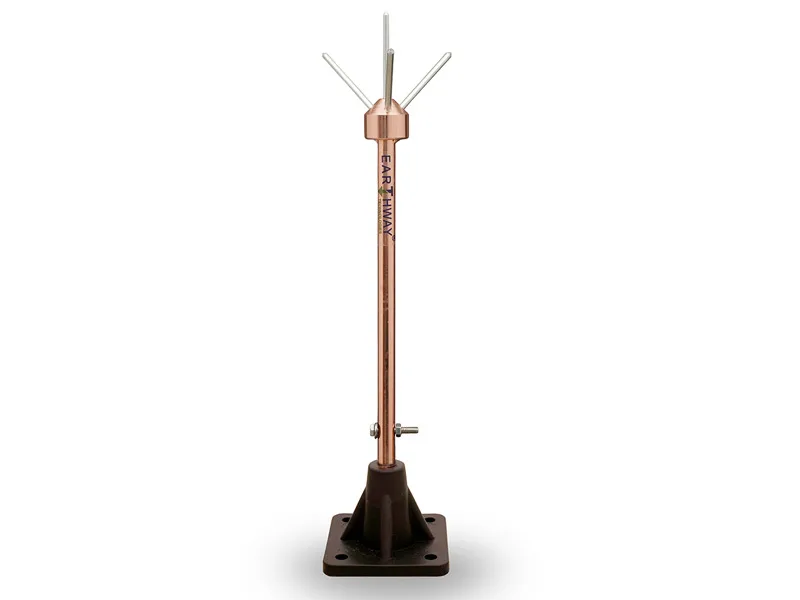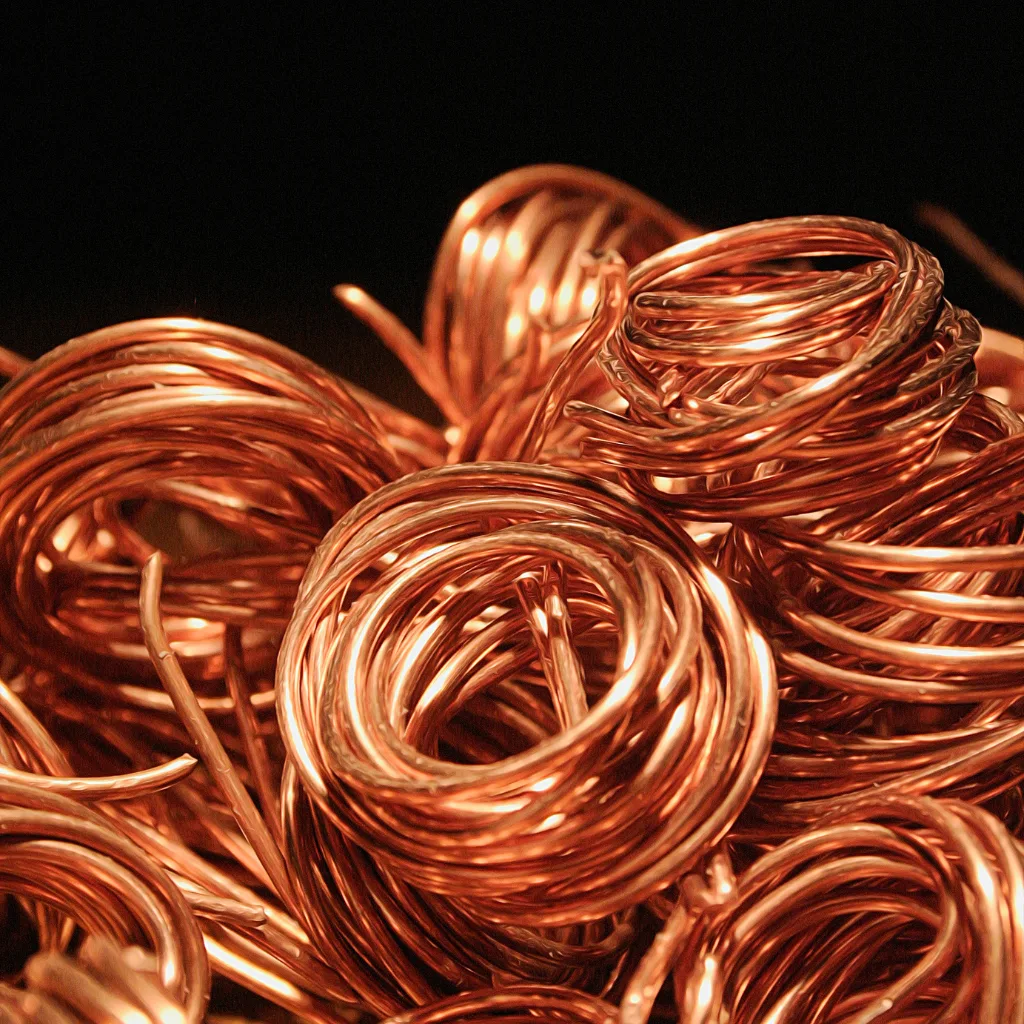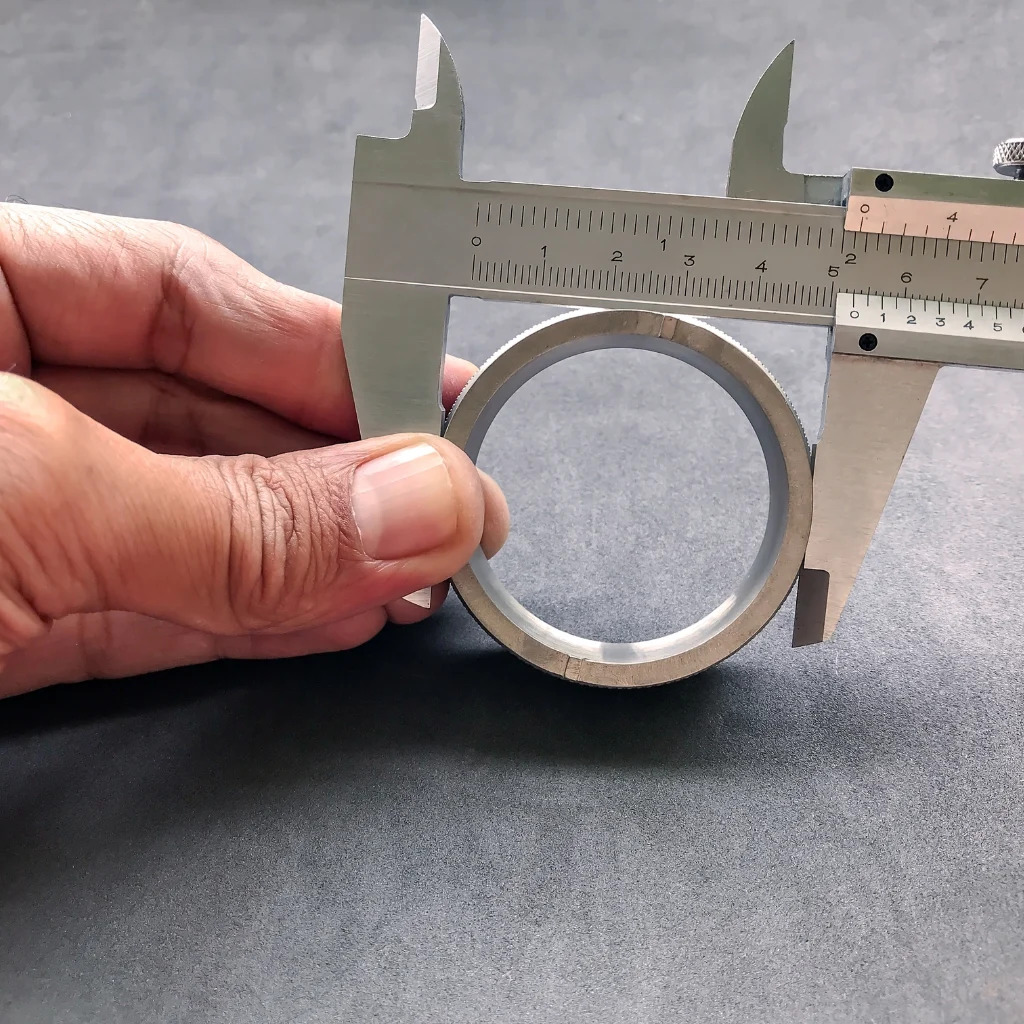

EATHWAY TECHNOLOGIES LLP Solid Copper Bonded Lightning Arrester Spike Are manufactured In Different Dimensions With An Average Copper Coating Of 80 – 100 Microns For Lightning Protection Application.
EARTHWAY TECHNOLOGIES LLP Lightning Arrester Spike provides lightning safety to protect tall or isolated buildings; this conventional lightning arrester is installed at the rooftop of the building or mast of a vessel which then protects your building from lighting.
| SPECIFICATION | DETAILS |
|---|---|
| Base Material | Low Carbon Steel |
| Base Coating Material | Copper |
| Coating Material | 99.9% Pure Electrolytic Grade Copper Anode |
| Available Coating Thickness | 100 Micron (Average) |
| Available Diameter (mm) | 14.5, 16, 17.2 |
| Available Length (m) | 1 meter |
| Tin Coating on Spike | 8-10 Micron (Average) |
| No. of Spike | 3 and 4 pins |
| Insulated Base Plate | HDP Material (100x100x10mm) |



